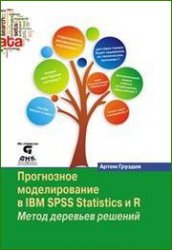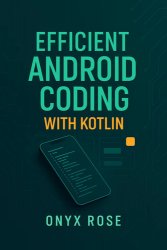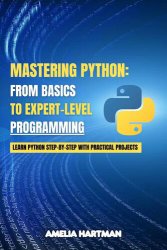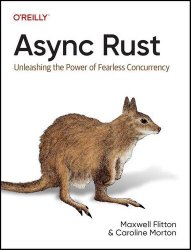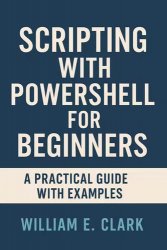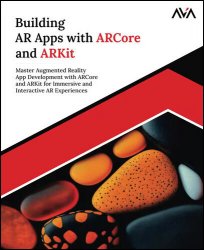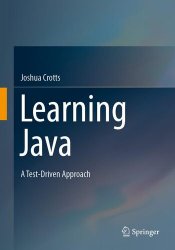- Добавил: literator
- Дата: 15-04-2025, 16:38
- Комментариев: 0
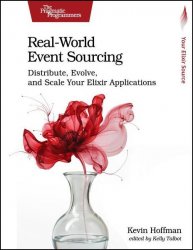 Название: Real-World Event Sourcing: Distribute, Evolve, and Scale Your Elixir Applications
Название: Real-World Event Sourcing: Distribute, Evolve, and Scale Your Elixir ApplicationsАвтор: Kevin Hoffman
Издательство: Pragmatic Bookshelf
Год: February 2025 (Version: P1.0)
Страниц: 202
Язык: английский
Формат: pdf, epub (true)
Размер: 10.1 MB
Reality is event-sourced; your mind processes sight, sound, taste, smell, and touch to create its perception of reality. Software isn't that different. Applications use streams of incoming data to create their own realities, and when you interpret that data as events containing state and context, even some of the most complex problems become easily solvable. Unravel the theory behind event sourcing and discover how to put this approach into practice with practical, hands-on coding examples. From early-stage development through production and release, you'll unlock powerful new ways of clearing even the toughest programming hurdles. The language of choice for this book is Elixir. While some previous knowledge of Elixir will certainly help with running and understanding some of the samples, it isn’t strictly required. Many of the samples should be easy enough to read by anyone with exposure to functional programming languages. Some more advanced content leverages GenServer and GenStage, so if you’re unfamiliar with those concepts, you may want to read up on them before you progress beyond the fundamentals presented in the first four chapters.

